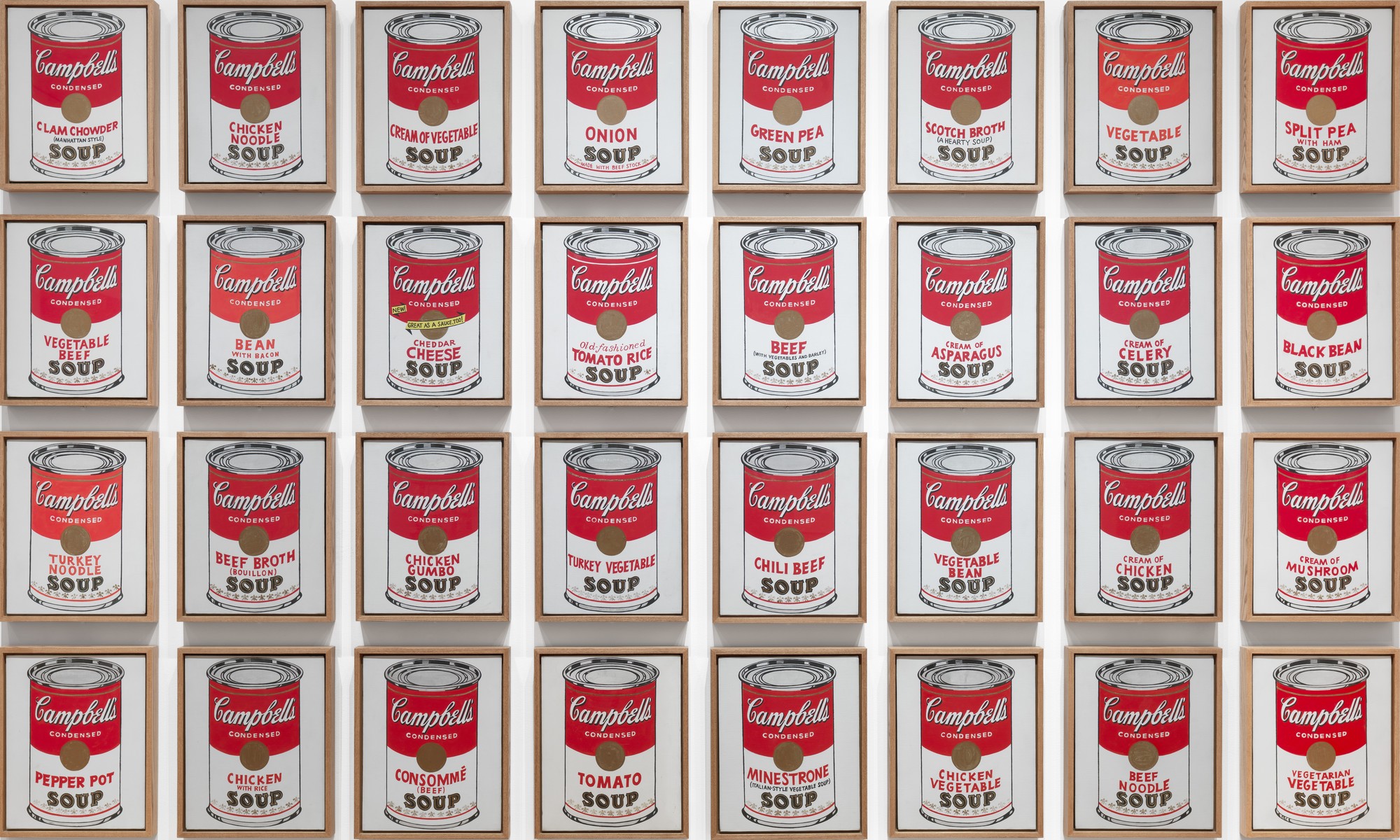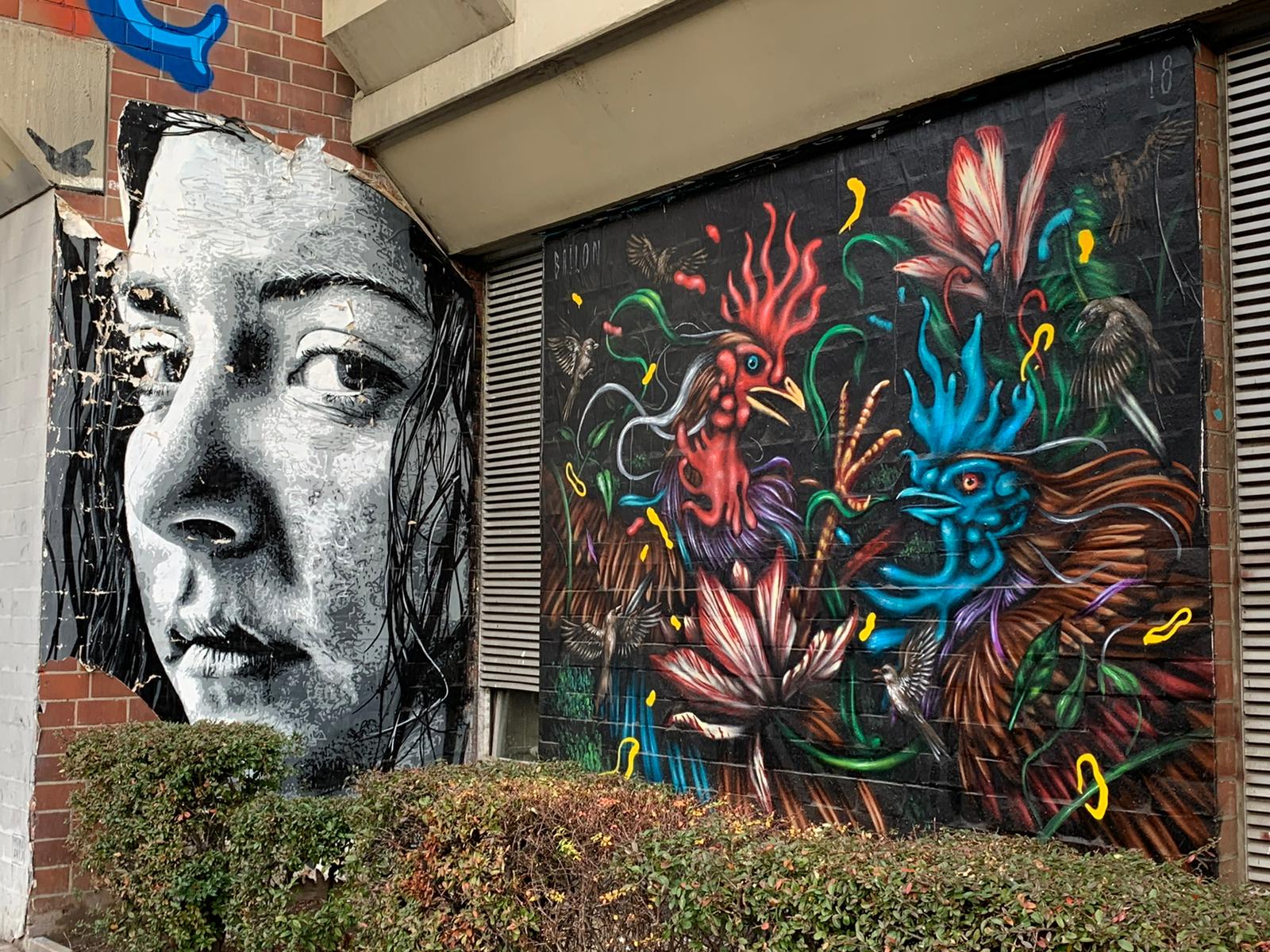Have you always heard the term Pop Art and not known exactly what stood behind it? We are here to give you a background on all things Pop Art!
VIENNA, AUSTRIA – AUGUST 20, 2015:
Andy Warhol Mao Tse-Tung Paintings At Albertina Museum In Vienna.

VIENNA, AUSTRIA – AUGUST 20, 2015:
Andy Warhol Mao Tse-Tung Paintings At Albertina Museum In Vienna.
First off, Pop art can be short for Popular Art, an art movement that emerged in the UK and United States during the mid- to late – 1950s. The movement’s main focus was to present a challenge to traditions of fine art. Imagery from Popular (pop) culture, as well as visual objects known by the masses were a mane focus point in the subjects of these art pieces. Use of advertising imagery, comic books and mundane mass-produced objects were often the main focal point of said art pieces. The aim of using images of popular culture in art, as opposed to elitist culture, emphasizes the banal, mundane, and kitschy elements of any culture, through the use of irony.
In North America, the origin of pop art had developed differently from the way it had developed in Great Britain. In the United States, pop art was a response by artists, who wanted to mark a return of edgy compositions and representational art. The use of impersonal, mundane reality, irony and parody was in order to detach personal symbolism and looseness of the abstract expressionism movement.
On the other hand, the origins of pop art in post-war Britain, were more academic, although still maintaining hints of irony and parody. In Britain, artists focused on the dynamic and paradoxical imagery of American pop culture as powerful, manipulative symbolic devices that affected patterns of life, while simultaneously improving the affluence of a society. The earliest of works in British pop art were fueled by ideas of American pop culture, viewed from afar. Pop art drew many inspirations, and was seen as a sort of extension of Dadaism (art movement of the European avant-garde in the early 20th century). While both movements explored similar subjects, pop art replaced the destructive, satirical and anarchic impulses of the Dada movement with detached affirmations of the objects of mass culture.
Pop art often uses imagery taken from advertising, product labeling and logos.
Pop art is a reflection of the society we live in, a mirror to the life we live. Leaning on irony and criticism of the over-consumption world we live in.
Andy Warhol used the iconography of huge name-brands that reflect the American culture of over-consumption. He created silk screen prints, to emphasize mass production. In his Portrait series, in which he created prints of some of the most famous names in pop culture, in which he depicted the fact that these celebrities are a product of consumerism as well.
Drowning Girl (1963). On display at the Museum of Modern Art, New York
https://www.lichtensteinfoundation.org/0117.htm,
Fair use, https://en.wikipedia.org/w/index.php?curid=5673384

Drowning Girl (1963). On display at the Museum of Modern Art, New York
https://www.lichtensteinfoundation.org/0117.htm,
Fair use, https://en.wikipedia.org/w/index.php?curid=5673384
Roy Lichtenstein’s stylized reproductions of comic strips used the color dots and flat tones, like those of commercial printing. He often portrayed women as they were in the advertising world, weak and dependent on a man. The use of irony as a form of criticism to the world and consumerism.
Most Pop artists aspired to an impersonal, urbane attitude in their works. Some examples of Pop art, however, were a not-so-subtle expressive of social criticism.
American Pop art usually was found to be symbolical, anonymous, and aggressive; British Pop, more subjective and referential, expressed a somewhat romantic view of Pop culture, primarily due to the distance from it. British Pop artists tended to deal with technology and popular culture mostly as themes, even metaphors, while some American Pop artists actually seemed to live these ideas. Warhol’s motto, for example, was, “I think everybody should be a machine,” and he tried in his art to produce works that a machine would have made, even naming his own studio – The Factory.
The public, initially, did not take Pop art seriously, although finally finding critical acceptance as a form of art pointed toward the highly technological, mass-media oriented society of Western countries. By the end of the 20th century, pop art had become one of the most recognized art movements.




